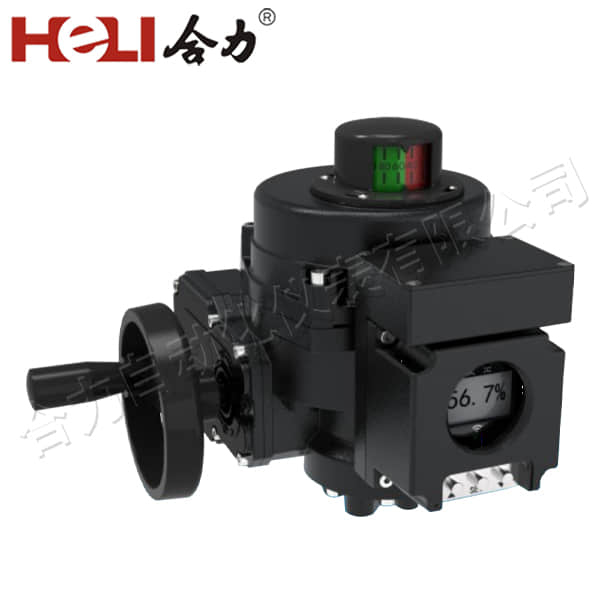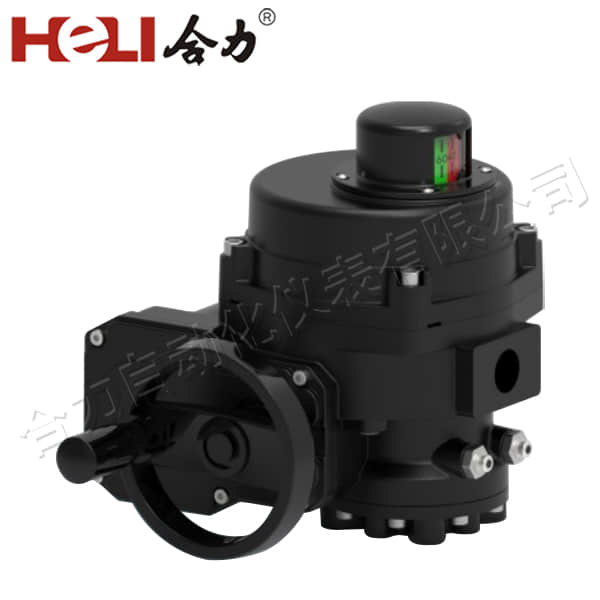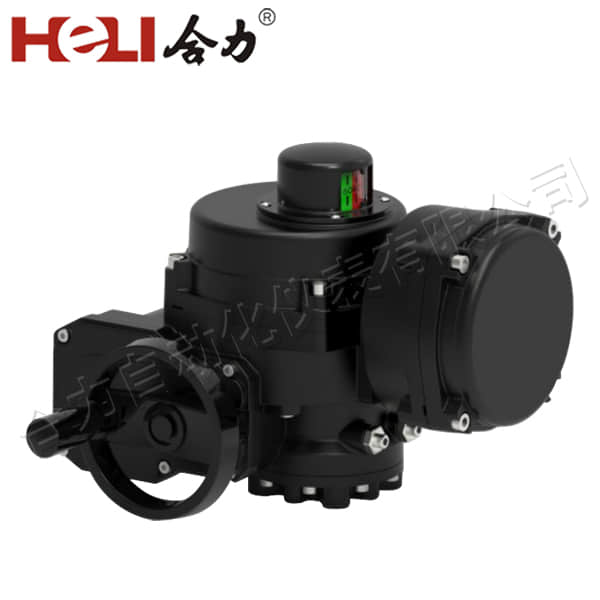Electric actuators are pivotal components in modern automation systems, serving as essential devices that convert electrical energy into mechanical motion. They play a crucial role in various applications, from industrial machinery to consumer electronics, significantly enhancing efficiency and precision. This article explores the working principles, types, applications, advantages, and future trends of electric actuators.

Working Principles

At its core, an electric actuator operates by using an electric motor to generate movement. The basic process involves converting electrical energy into mechanical energy, which can then be harnessed to move components or systems. Typically, the motor drives a mechanism, such as a screw or a gear, to achieve linear or rotary motion. The most common type of electric motor used in actuators is the DC motor, which provides high torque at low speeds, making it ideal for many applications. In addition to DC motors, stepper motors and servo motors are also widely used. Stepper motors allow for precise control of angular position, while servo motors offer high-performance feedback control for more complex tasks.
